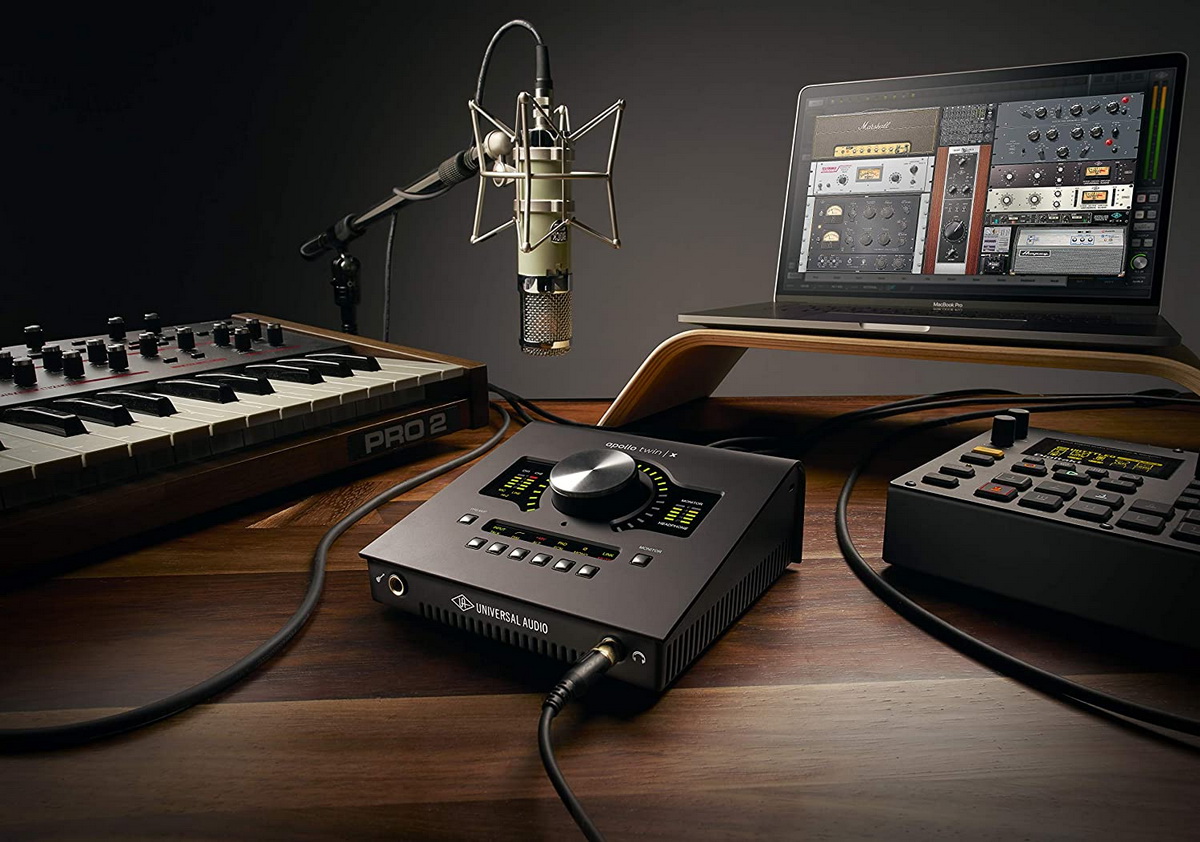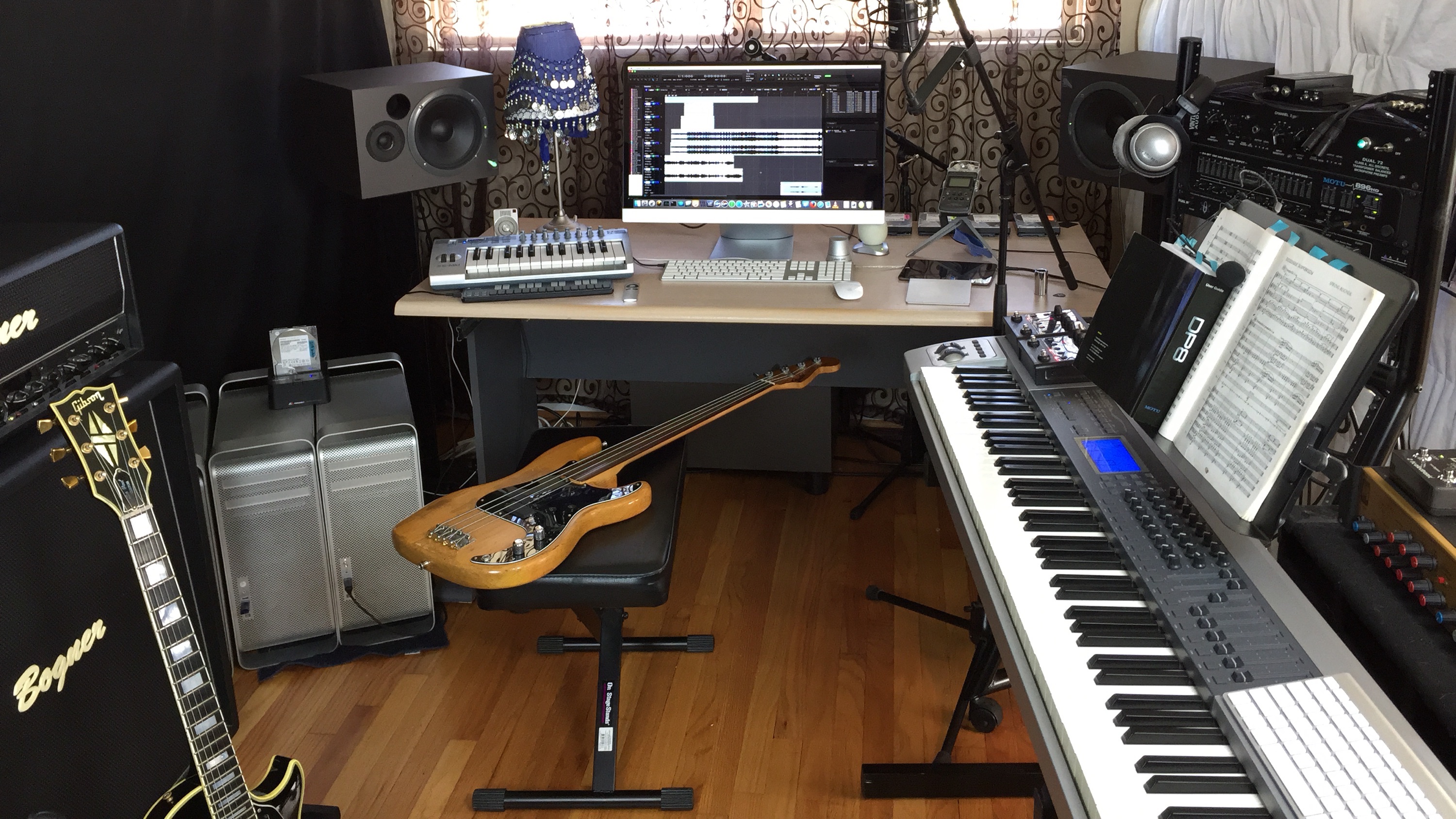
It’s also a factor should you require additional displays. Things are more complicated these days as some audio software is GPU-accelerated. Historically, recording and editing audio didn’t utilise many graphics card resources, unlike 3D design and video editing. Note we expect Apple to update the M1 Pro and M1 Max in the spring of 2023, so new pro models could be on the way soon. The Mac mini and Mac Studio also have a nice selection of ports.įor the ultimate you can turn to the M1 Pro, M1 Max and M1 Ultra in the MacBook Pro or Mac Studio. Luckily in recent times Apple has added more ports to its newest Mac laptops, so you will find SDXC, Thunderbolt 4, HDMI, and more on the side of the 14in and 16in MacBook Pro. (In which case you might want a USB hub to use with your new Mac). But if you’ve a pile of audio interfaces, USB instruments, headphones, monitors, and other vital hardware, trying to get by the two USB-C ports found on the MacBook Air and entry-level MacBook Pro models will drive you to despair. If you don’t have any other kit (if all of your music-making happens inside a Mac) then this won’t be a concern, and in theory any Mac might do. You also need to examine other kit you want to use. If you are studio based you may think that you need an iMac so that you can take advantage of the large display, but you can plug in an external display to any Mac, so even if you had a laptop Mac you could happily use it with a 30in screen when you are at your desk. But if you’re a solo musician who only ever creates music in a home studio, you could get more bang for your buck with a desktop machine. If you’re always moving around, working with various musicians in different countries, a Mac Studio probably won’t fit in your hand luggage. Portabilityīefore buying a Mac you must decide whether you need it to be portable or not. Cloud storage might be a good option here: check our our Best Cloud Storage Services for Mac.

External drives can be fine for large sample libraries and the like, especially when connected using Thunderbolt, but you then need to determine how to take everything with you if you’re a musician who works with people in many different locations. You must figure out what you’ll need, and how assets will be stored.

So you probably want a minimum of 512GB SSD with your Mac. Entry-level Apple notebooks have 256GB SSDs, but pro instrument and effects collections when installed can require hundreds of GB, and that’s before you even start to add your own music files. However, SSDs are far more expensive per GB than hard drives. Luckily all Apple Macs use SSDs, which is a benefit because hard drives can be a bottleneck due to their relatively low speed compared to SSDs, and they can be noisy. Storage is likely to an important factor in your decision.


 0 kommentar(er)
0 kommentar(er)
